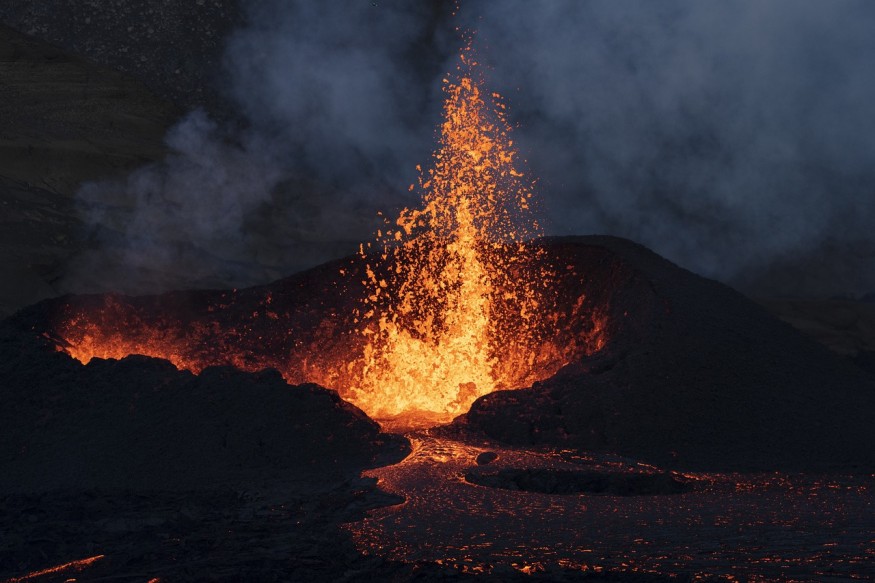The Campi Felgrei volcano in Italy is likely to erupt in the future after being restless for over 70 years and showing recent signs of rupturing inside it, according to a study led by researchers in the United Kingdom and Italy.
The supervolcano last erupted 500 years ago and the evidence found by scientists indicates it is edging closer to a potential eruption.
Situated in the Phlegraean Fields, Campi Felgrei is within this large region containing several other supervolcanic calderas located in the west of Naples, Italy.
Although it has been dormant for centuries, the new research determined that the volcano is becoming "weaker," making it prone to rupturing and eventual eruption.
Dubbed a 'sleeping giant,' Italy's rupturing volcano only sits behind the historically violent stratovolcano Mount Vesuvius, which geologists think will also make a renewed yet powerful eruption. In 79 AD, Vesuvius was responsible for the destruction of several Roman cities, including Pompeii, and other settlements of that time.
Campi Flegrei Volcano

In the study published on the journal Communications Earth & Environment on Friday, June 9, researchers from the University College London (UCL) and the National Research Institute for Geophysics and Volcanology (INGV) in Italy stated the Campi Flegrei volcano in the southern part of the country has become more fragile from rupturing.
The research team used a UCL-developed model of volcano fracturing to analyze the patterns of volcanic earthquakes and ground uplift. It is through this analysis where they have concluded that parts of Campi Flegrei has been stretched and near its breaking point.
The study comes after volcanic unrest was recorded in the past decade and 1950s since the last eruption of Campi Flegrei in 1538. After 2010s, the ground below Pozzuoli has been gradually moving upwards at about 10 centimeters (4 inches) a year. Small earthquakes were registered for the first time since the mid-1980s, while 600 quakes were recorded in April this year, as cited by Phys.org.
Volcanic Earthquakes
According to the Pacific Northwest Seismic Network, volcanic earthquakes or tremors triggered by volcanoes have the potential to cause cracks or ruptures and ground deformation, as well as damage to man-made structures. Officially known as volcanic-tectonic earthquakes or VTs, they are caused by a slip along a fault near a volcano.
In September 2012, 219 low-magnitude volcanic earthquakes occurred around the Campi Flegrei volcano, which was larger compared to that of the previous year. Some of the tremors were felt by residents in the area, according to the Smithsonian Institution's Global Volcanism Program.
Most of the earthquakes occurred in swarms with over a week of intervals. While this seems isolated, the 2012 report indicates that a growing threat is brewing underneath the supervolcano. Furthermore, this assessment is also the same findings about the 'small earthquakes' that the new study mentioned earlier in this article.
© 2025 NatureWorldNews.com All rights reserved. Do not reproduce without permission.





